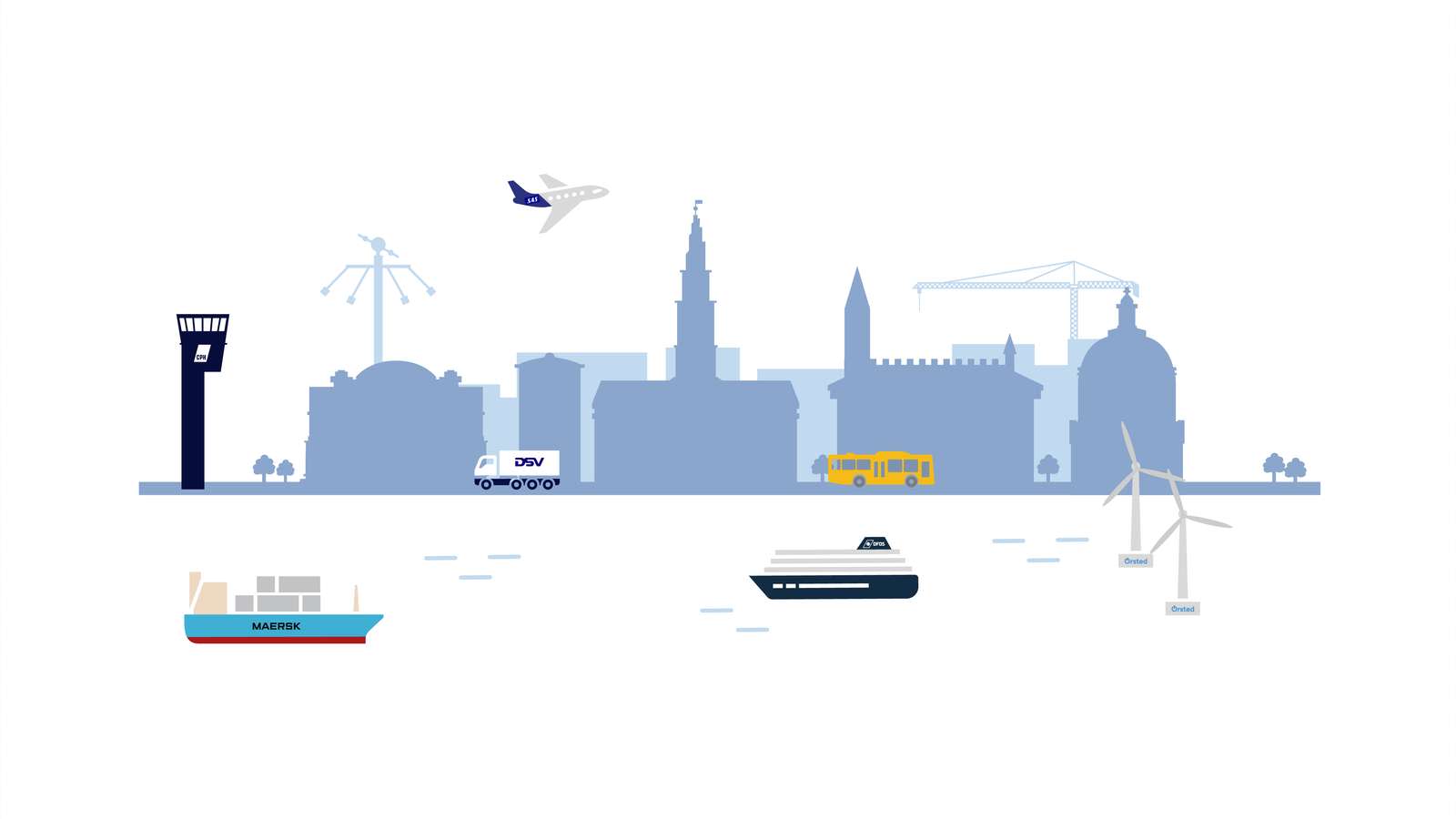
FAQ
CO2 is one of six greenhouse gasses (GHG). The others are methane, nitrous oxide, hydrofluorocarbons, perfluorocarbons and sulphur hexafluoride. CO2 account for about ¾ of all GHG emissions.
“Net-zero” and “carbon neutrality” are two terms that are often used interchangeably, but they have quite different meanings. The difference between them is very important to understand as the difference matter when companies are talking about their goals for limiting their impact on climate change. A net-zero company cannot be compared to a carbon neutral company and vice versa -and here is why:
A net-zero commitment requires companies to actively prevent and reduce greenhouse gas emissions across all scopes of their business (scope 1, 2 and 3). These companies only accept a maximum of 10% residual emissions to be offset (i.e. through CO2 offset certificates etc.), and they work to remove residual greenhouse gases from the atmosphere.
A company has reached net-zero when the amount of emissions being put into the atmosphere by the company is the same or lower than the amount of emissions being taken out of the atmosphere through the same company’s reduction activities. DFDS’ net-zero strategy and goal is explicitly a commitment to a fossil-free future.
A carbon neutrality commitment refers simply to balancing emissions with offsets. This often only covers scope 1 and 2 emissions since inclusion of wider value chain (scope 3 emissions) is only encouraged but not mandatory. Carbon neutrality targets can be achieved through emission compensation such as the purchase of offsets or carbon credits created outside of an emitter’s own value chain, which means targets can be reached without actually reducing the company’s own emissions.
To sum up the differences:
Net-zero:
- Accounts for all greenhouse gas emissions, not only CO2
- Active prevention and reduction of greenhouse gas emissions within the internal and external operations of the company is required
- Allows for max. 10% offsetting of residual GHG emissions of a company´s total emissions
- Covers emissions across scopes 1, 2 and 3
Carbon neutrality:
- Often accounts for only one group of greenhouse gas emissions, namely carbon dioxide (CO2)
- Balancing of carbon emissions from the company can be achieved through offsetting activities outside the emitter´s value chain – no active prevention or reduction initiatives are required.
- Allows for 100% offsets to balance out CO2 emissions
- May cover only emissions across scopes 1 and 2 (scope 3 is encouraged but not required)
Most studies show a clear GHG (greenhouse gas) advantage when travelling by sea compared to by air. The difference in levels obviously depends on the route and the various ship and aircraft types.
Transportation with a cruise ship for example cannot be compared like-for-like to transport by air. A cruise ship is also a hotel, restaurant and entertainment venue and will therefore also have greenhouse gases emissions related to that, on top of transporting passengers from A to B.
Most studies show a clear advantage of transporting freight by sea compared to by road. The difference in levels obviously depends on the route and the various ship and truck types being compared.
In many cases ferry routes are located where there are no roads, so the distance travelled by road will often be longer than when traveling by sea.
The total emissions from the DFDS Group is published every year in the annual DFDS CSR Reports. Here you can also follow the developments over the years.
Over the past many years, DFDS’s activity and operations has grown i.e. through several acquisitions. With this comes an increase in absolute greenhouse gas emissions, even though relative greenhouse gas emissions (or emissions intensity) has reduced.
When we acquire new businesses, we apply our emissions intensity targets to them, which often leads to reducing emissions in the acquired company.
Calculating GHG emissions for a single passenger or a single truck between two ports may sound easy, but it is in fact very complicated. Our vessels carry many different types of cargo, and allocating GHG between the various segments is a complicated issue.
Sailing on fixed schedules also affects the utilisation of the vessel. Some sailings are better utilised than others due to seasonality, and this will result in a variation in the GHG emissions per transported unit.
We work with the four main acknowledged techniques for decarbonisation, starting with Efficiency, i.e. using less energy to do the same thing, and Circularity, i.e. maximising re-use of materials and minimising waste.
Electrification and Alternative fuels are the next two key techniques which focus on introducing cleaner forms of energy with low or zero carbon content.
For DFDS it is important to look at our total GHG emissions, and how we can minimise them. An important tool here is to allocate the vessels to the route where they jointly cause the lowest emission levels. In this process it may well be that a particular route will see an increase year-on-year, but this will be more than offset by lower emissions on other routes.
There are several available ways of calculating GHG emissions from vessels carrying passengers. The results can differ substantially, depending on the method of calculation. Therefore, a direct comparison between two specific ships may not be relevant.
Very few of the ports where our ships dock offer shore power connections at the berths. We of course use shore power where it is available as it currently is in Oslo, Gothenburg, Zeebrugge and Copenhagen.
As the availability of shore power increases, we expect to increase our usage accordingly, and are in the process of making additional ships shore-power ready.
All studies indicate that transport by sea is the most GHG efficient way of transporting cargo or passengers. It may, however, be possible to find the odd example where this is not always the case.
EEDI and EEXI is an energy factor calculated for each ship based on its design features. It is an IMO regulation. EEDI is for new ships and EEXI is for existing ships. The EEDI/EEXI value for each ship must meet a certain benchmark to be able to trade.
ETS, or the Emissions Trading Scheme, is the EU’s key tool to bring down CO2 emissions within EU/EEA. The regulation sets a maximum CO2 allowance for each large CO2-emitter. If the emitter exceeds the set allowance, the company in question must purchase additional CO2 quota from the open market. Similarly, if the company’s emissions are below the allowance, excess allowances can be sold on the free market. The revenues from the EU ETS are used to accelerate the decarbonisation of the maritime sector through the EU Innovation Fund.
The ETS regulation became operative January 1st, 2024, and if you want to read more about ETS check our dedicated ETS page.
CII, or the Carbon Intensity Indicator, is a rating system from IMO that assesses the operational efficiency of individual ships. The system is already operational and from first quarter of 2024 all shipowners must report on their ships’ performances. It rates all ships into 5 energy efficiency groups, where the ships in the two lowest groups are required to improve to specific targets.
More detail about CII: infographic
Our pathway towards net-zero consists of the adoption and implementation of a combination of these four key techniques:
Efficiency - is about doing more with less resources. It is about smart design, innovative technology, mindful consumption, and about us optimising our energy use so we make sure that not a single watt is wasted or misused.
Electrification – this represents a shift from fossil fuels to cleaner, renewable sources of energy. It is about us harnessing the power of the wind, the sun, and the tides to light up our facilities and power our operations with minimal impact on the environment.
Alternative Fuels – these are the game-changers and the disruptors that redefine the status quo. They will set new standards for what is possible and can be expected of the transport and logistics industry to minimise our impact. These fuels include the biofuels and e-fuels that will replace fossil fuels.
Circularity – rather than thinking of resources as unlimited, and activities as linear, circularity techniques minimise waste and encourages reuse of resources. In practice, circularity requires deep collaboration between different actors in a value chain, or supply chain, which is why we also prioritise collaboration with customers, suppliers and partners.
HVO stands for hydrotreated vegetable oil, which is produced by hydrotreating renewable fats and oils. It is also known as renewable diesel. This renewable biofuel is mostly used as a replacement for diesel in road transport. When properly produced and used, can reduce the GHH emissions by up to 90%.
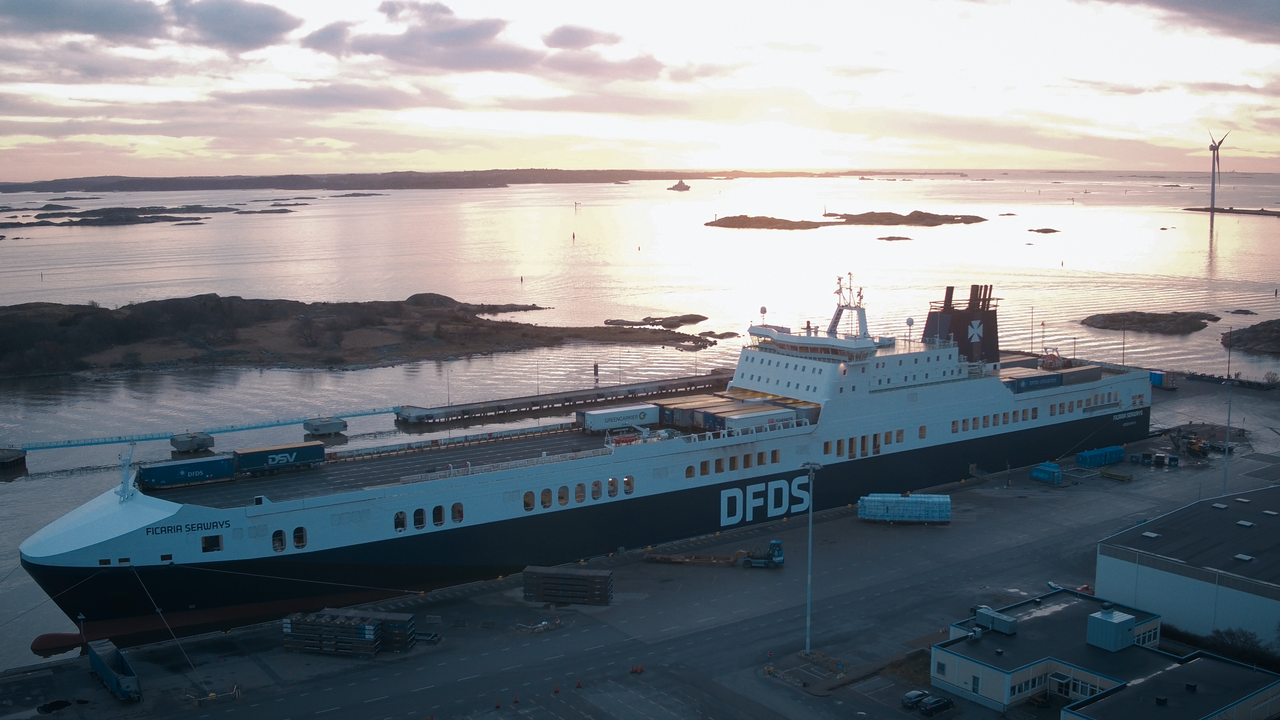
Decarbonisation at sea
Decarbonisation at sea is challenging. Short term, we focus heavily on efficiency –doing more with less fuel. But long term, to meet our net-zero goal, we will introduce new fuels and new technologies for the vessels of tomorrow.
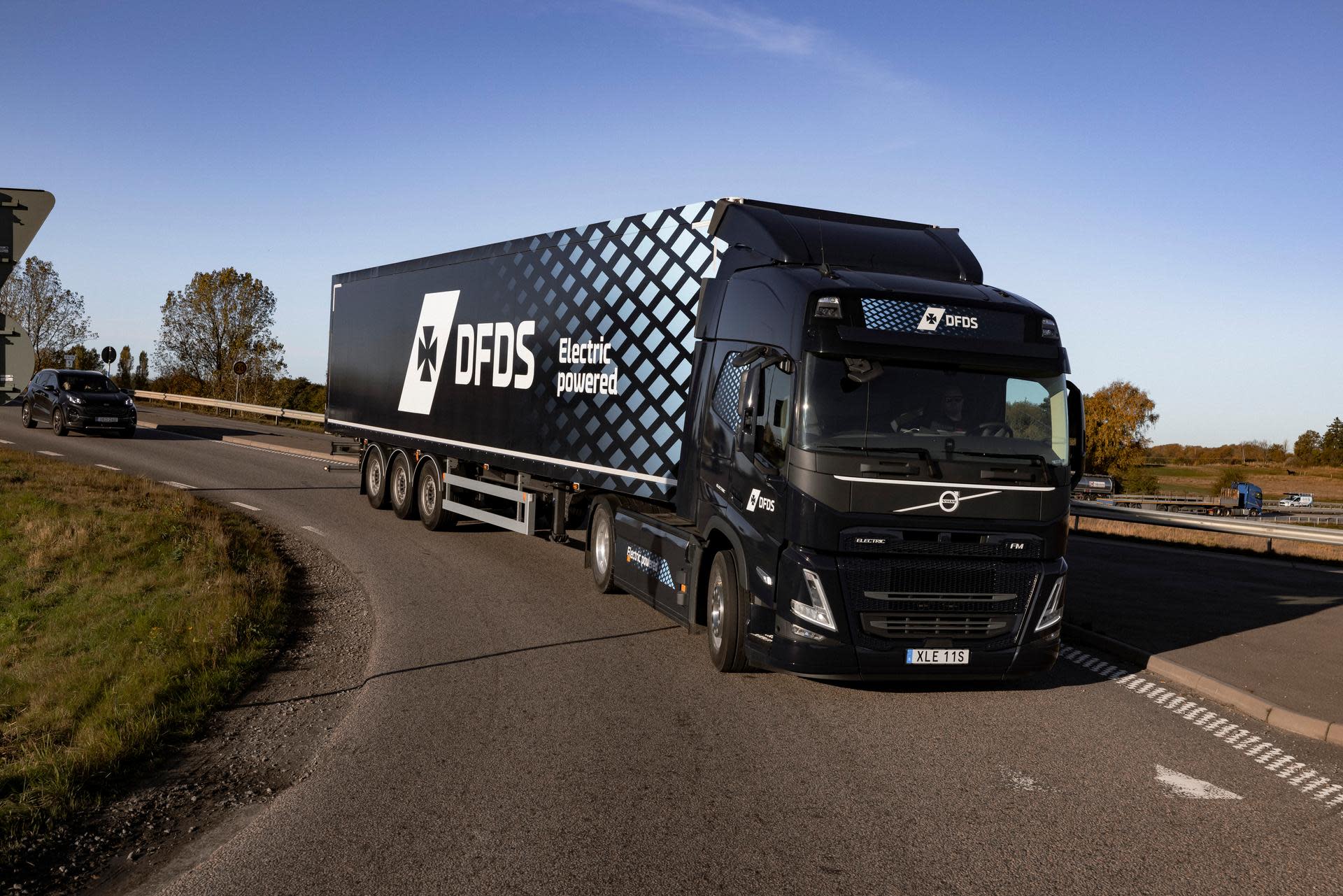
Decarbonisation on land
Technologies for decarbonising on land are increasingly mature, and the combination of efficiency and electrification is at the core of our strategy on land.
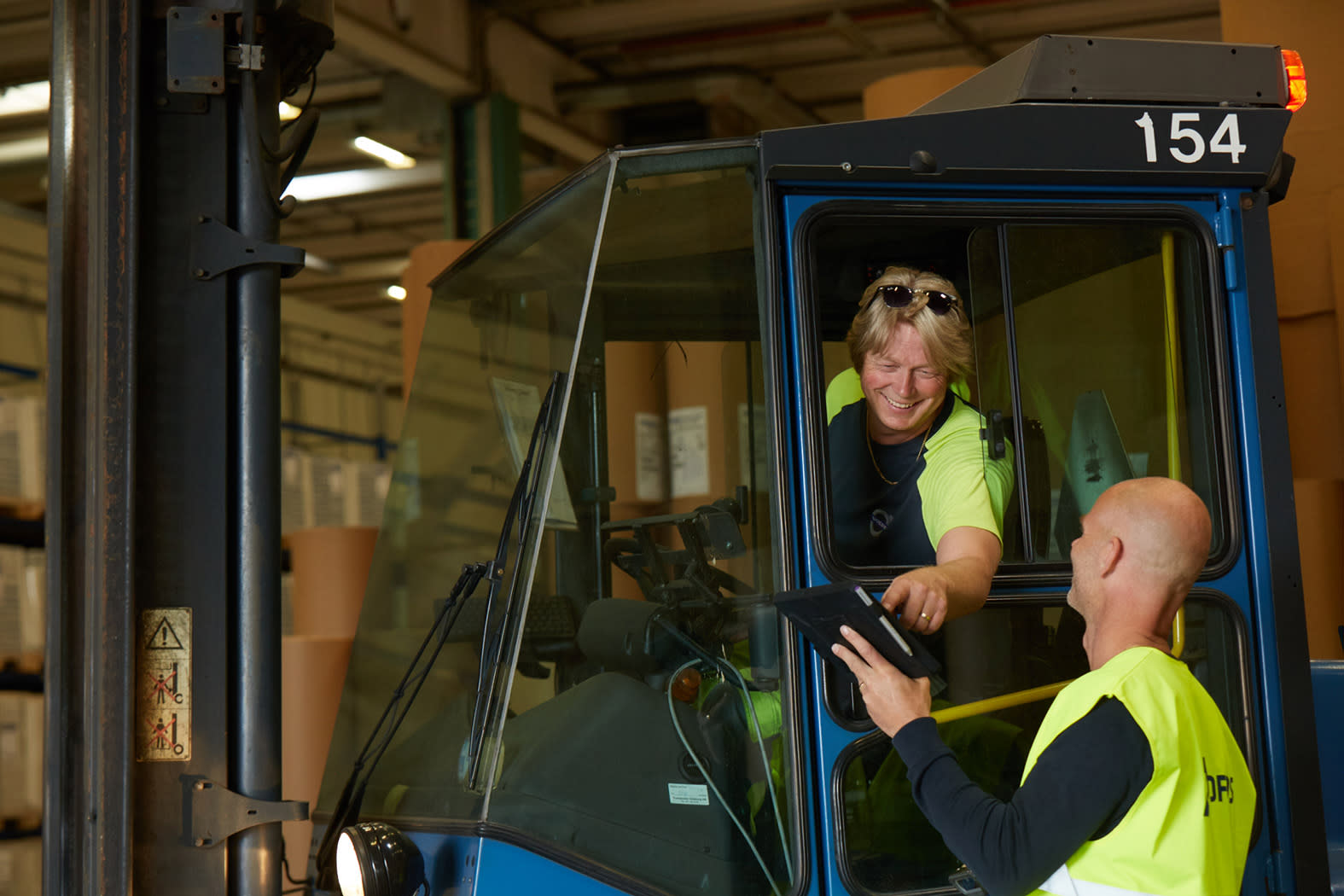
Our Commitments
We believe in total transparency, especially when it comes to our climate impact and the environment.
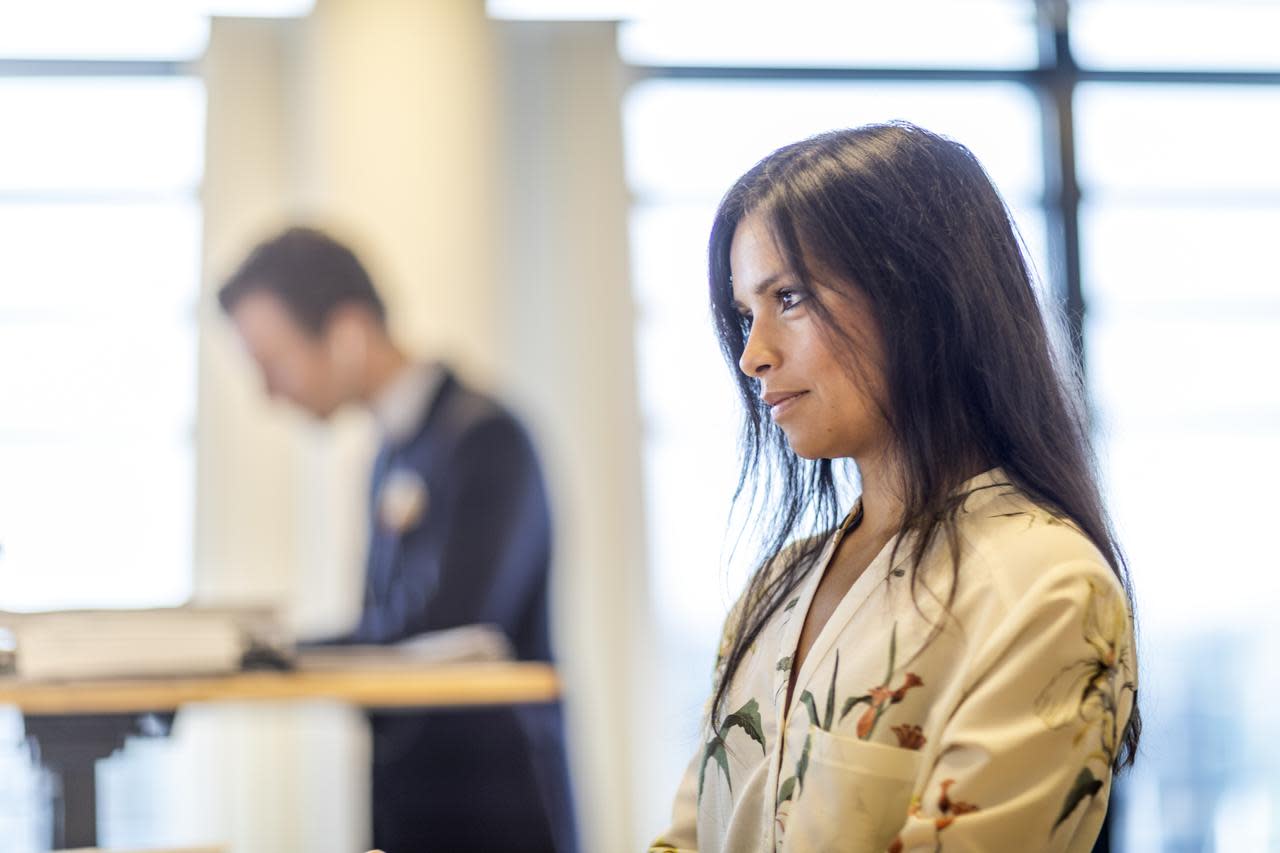
We want to be a caring employer
Sustainable business is about people. We want to ensure well-being for all our employees and support their physical and mental health.
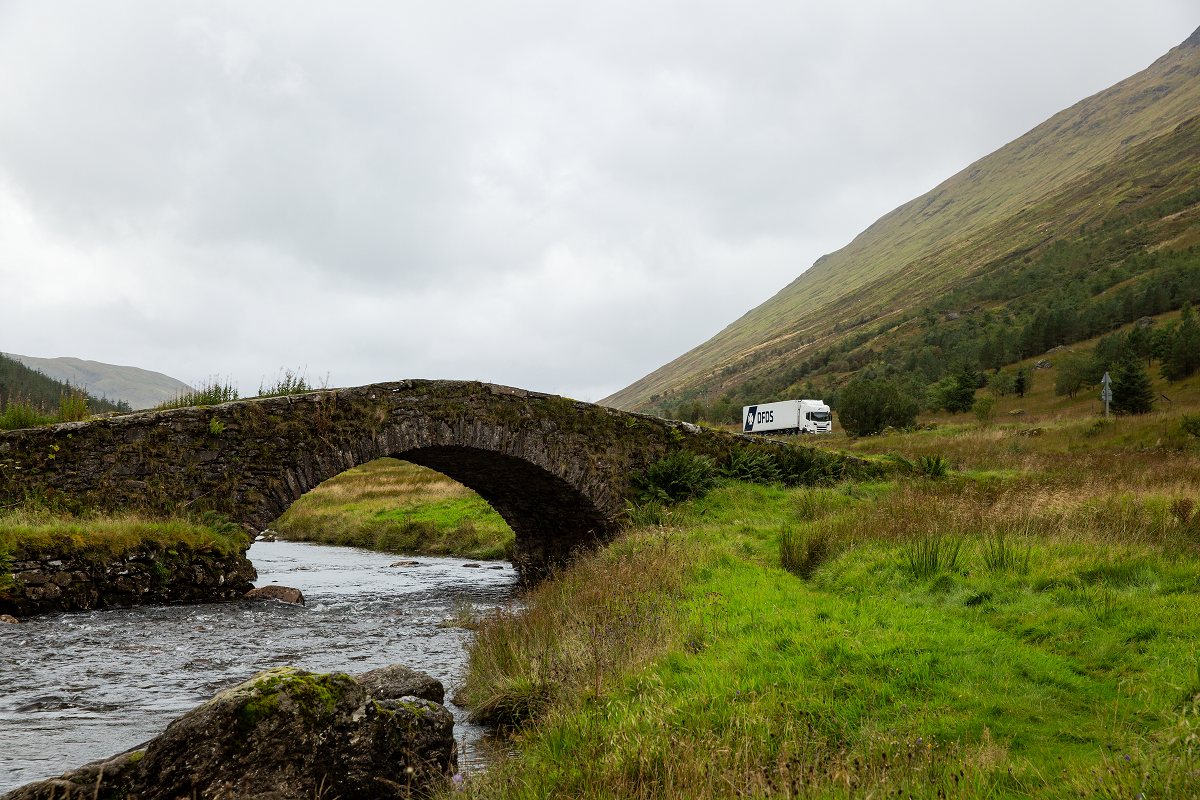
We want to reduce our environmental footprint
We want to be a responsible neighbour by reducing pollution, waste, and noise in the communities in which we operate.

